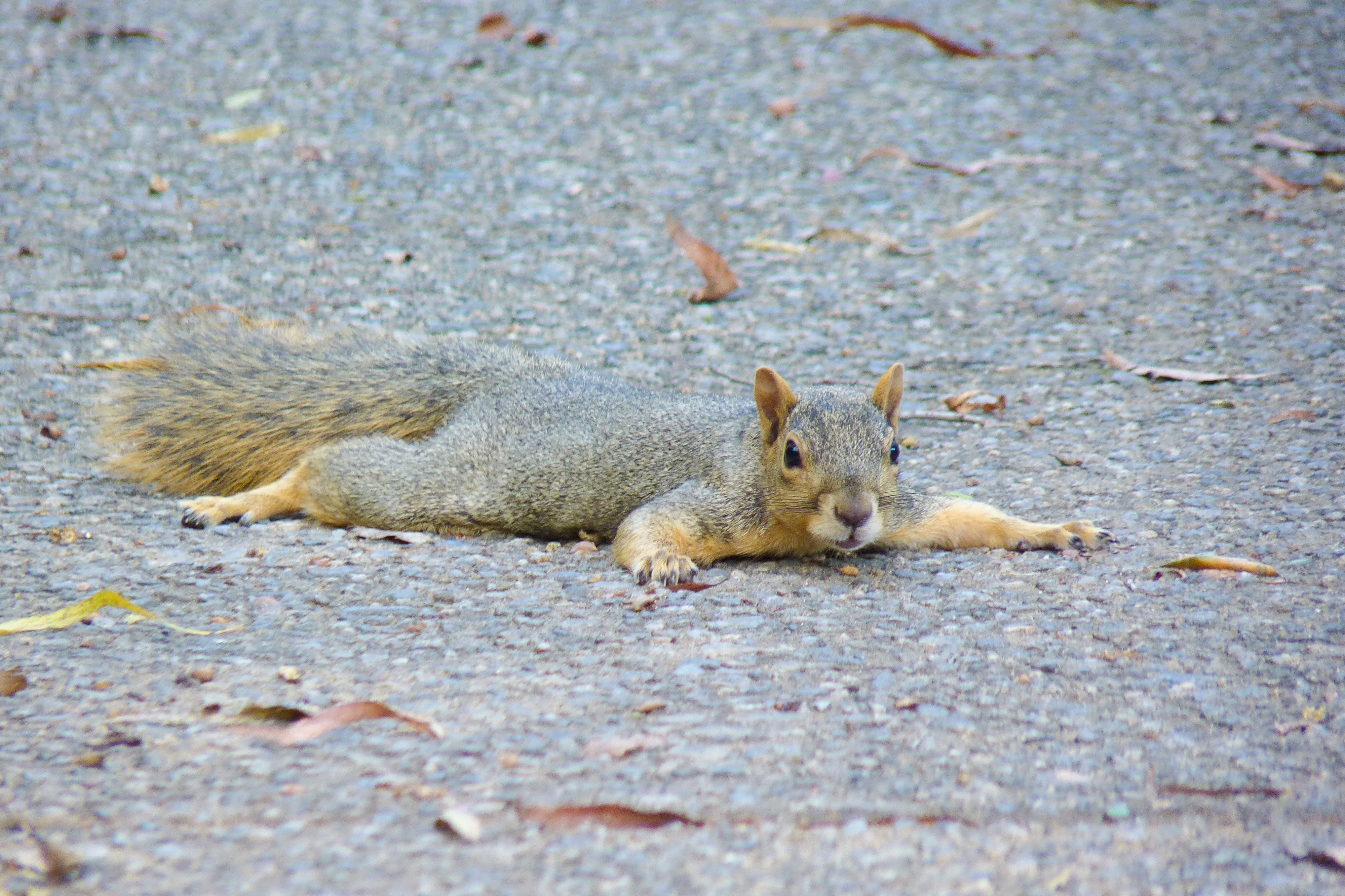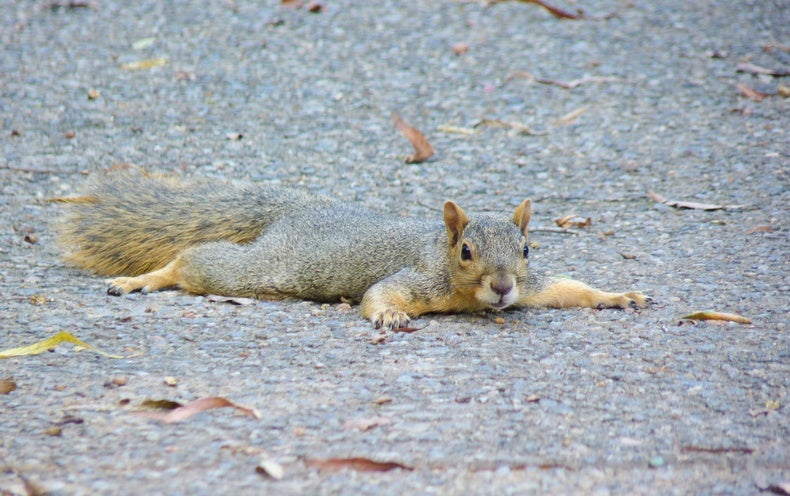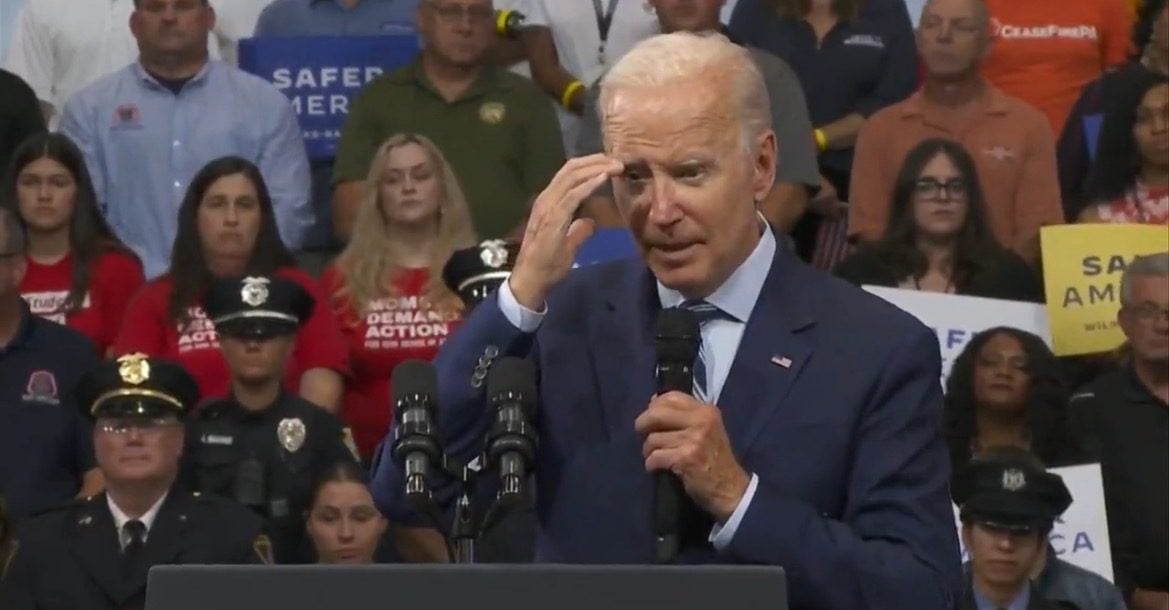
Ashleigh Papp: This is Scientific American’s 60-Second Science. I’m Ashleigh Papp.
It’s summertime in New York City–birds are chirping, insects are scurrying, and everything feels alive! While recent heat waves have pushed a lot of us indoors to the respite of air conditioning, the critters of this city were left to fend for themselves.
Sunny Corrao: Many would be surprised that they’re going to be doing the same exact things that most humans are doing… they’re not going to be pushing it, they’re gonna be taking their time and seeking those, you know, shadier spots in the park.
Papp: Meet Sunny Corrao, an environmental scientist.
Corrao: I work with the New York City Parks Department as part of our wildlife unit, a small but mighty team that focuses on how New Yorkers can coexist with wildlife in an urban environment.
Papp: From the birds and squirrels, to raccoons and even the turtles–here’s how urban wildlife is responding as the mercury rises. Let’s start with the birds.
Corrao: Obviously, there are a lot of different species of birds that can be found all across the city, from your pigeons, to your larger birds of prey. And what’s interesting about birds is they don’t sweat through their skin, like humans and other mammals do.
Papp: Instead, birds lose heat through exposed skin–which, if you think about the last time you saw a bird in Prospect Park, there really isn’t much exposed aside from their feet, legs, and beak. Sometimes, when temps really spike, birds can pant–kind of a like a dog–to get rid of their excess heat. Ultimately, these tactics help but usually aren’t enough during a heat wave. So …
Corrao: They’ll find everything from a little puddle from a recent rainstorm … Or maybe the hydrants that are opened down the street, to fountains and even the spray showers in our playgrounds across the city. You can find birds that will be seeking refuge in the water to kind of help cool off.
Papp: Aquatic turtles can almost always be found near the ponds and lakes of our urban sprawl. On a normal day, you might spot a small stack of turtles near the water. This is because they’re ectotherms, meaning their bodies rely on external things for heat. Piling on top of one another, or on a warm rock’s surface, helps to keep the turtle’s core body at a healthy temp. When things get too hot, like during NYC’s recent heat wave, they change their behavior a bit. Instead, they head into the water and spread out.
Corrao: Basically they’re hanging out at the pool all day, they’re going to be floating at the very surface of the water. So that they can still get some of the sun, but any extra heat that might be a little dangerous to their body temperature to their core temperature, they will be able to dissipate into the water.
Papp: For fur-covered critters like squirrels, cooling off in the pond or the playground water park isn’t an option. When the heat rises in the city, these little mammals can be seen doing a funny posture that’s known as “splooting”.
Corrao: Basically that means they’re just spreading out on a surface on their stomach, with their forelimbs forward and their hind legs backwards, just kind of splat on the ground.
Papp: That increased skin to surface area helps squirrels dissipate more heat to the ground, which under a shady tree in Central Park, is way cooler than the ambient air.
Raccoons on the other hand, have developed a slightly different tactic–they head to parts of the park that have kind of, natural air conditioning.
Corrao: I certainly know of areas that are cooler than others. They kind of have these small microclimates to them, I know where the shady benches are.
Papp: In our most recent heat wave, Corrao noticed raccoons and humans enjoying the shade of a wooded gazebo that’s in one of the cooler areas of Central Park. While the humans sought refuge on the benches below, the raccoons were softly snoozing on the lush rooftop above.
Seth Magle is an urban ecologist based in Chicago. In 2021, he started building a network of fellow urban critter enthusiasts from around the world. Collectively, they’re called the Urban Wildlife Information Network. They’re working to collect information in a similar way so that it can be compared across different cities.
Seth Magle: Ultimately, it’s all with the goal of trying to create more wildlife inclusive cities, we are sort of also united by our desire to make cities part of the solution to the biodiversity crisis, and to help reduce human wildlife conflict and increase human wildlife coexistence in all of the massively urbanizing areas around the world.
Papp: In Chicago, Magle and his team have been watching their city’s wildlife for about 10 years. All together, they have over 100 camera traps set up across different types of urban environments–from the downtown Loop and city parks to nature preserves and suburb golf courses. And during times of extreme heat …
Magle: We do definitely seem to see reduced movement, it seems like when it gets very hot, animals just sort of hunker down where they are, it’s probably so energetically difficult to move around when it’s so hot.
Papp: Although this coping mechanism works for a short term spike in temp, it’s not ideal over a longer period because it means less time to search for food or a new mate.
And as Magle and his network of urban researchers look toward the future and climate change projections, they anticipate bigger shifts. Temps everywhere are projected to warm, so wildlife in urban settings and beyond will likely have to shift their normal territories a bit further north to where it feels more comfortable to what they’re already used to.
Magle: We don’t have armadillos in Chicago, but we have them in the southern part of the state. And they seem to be migrating north. And so I’m starting to have to take questions about what we are going to do if there’s armadillos in Chicago, right, which is unimaginable, except on a planet that is warming. There’s a million other questions, I think like that, as a lot of these species, at least in this hemisphere make these kinds of northward shifts, they’re going to come into contact with cities in places we didn’t expect.
Papp: Only time will tell how our urban wildlife reacts to these longer term shifts in temperature. For now, it sounds like urban critters–so long as they’re healthy–are totally capable of handling a few days of extreme heat here and there.
Thanks for listening. For Scientific American’s 60-Second Science, I’m Ashleigh Papp.
[The above text is a transcript of this podcast.]

























































